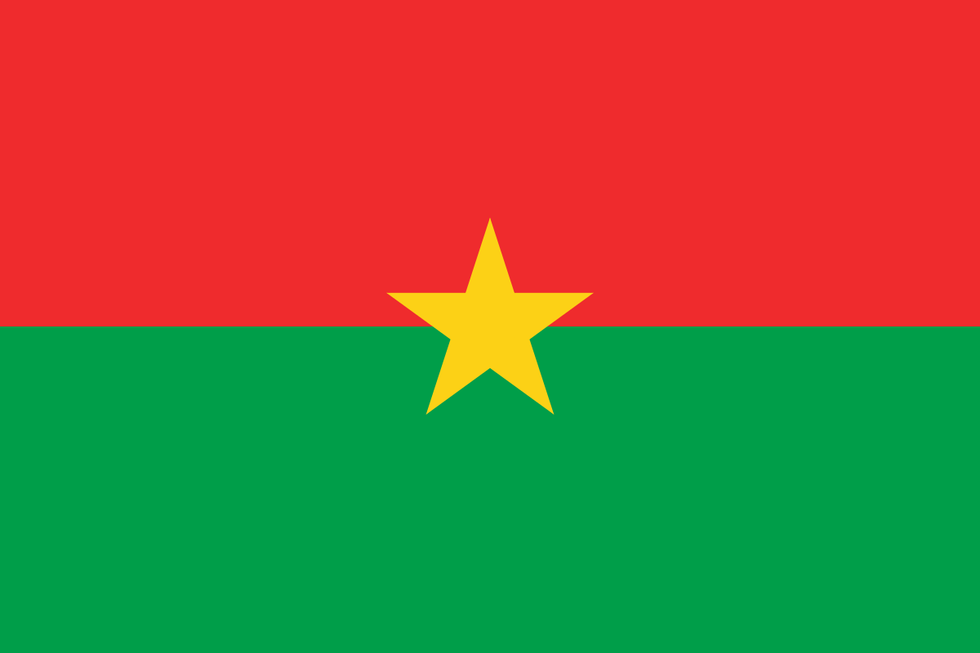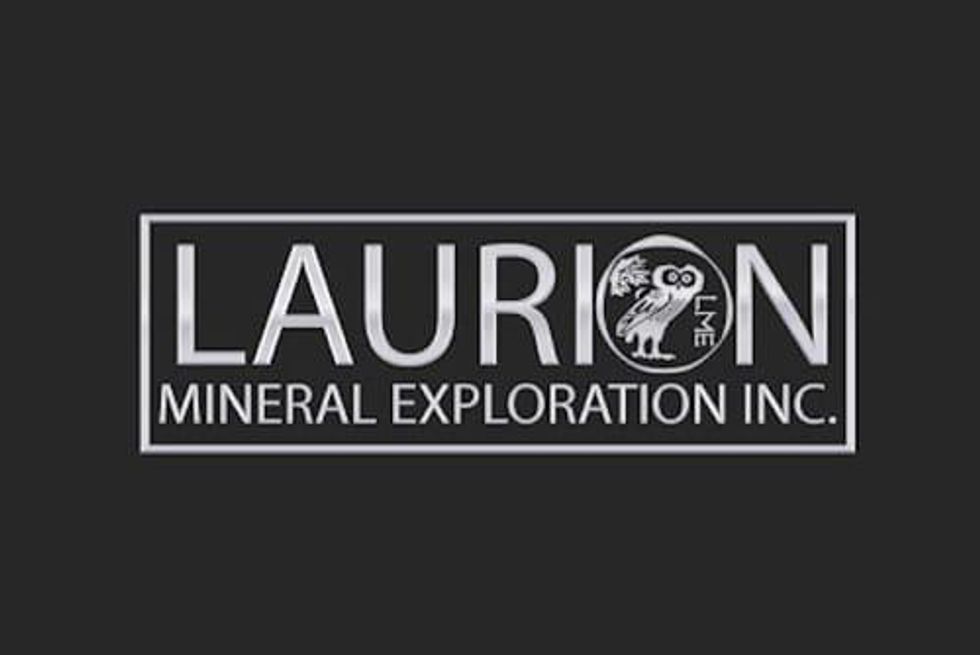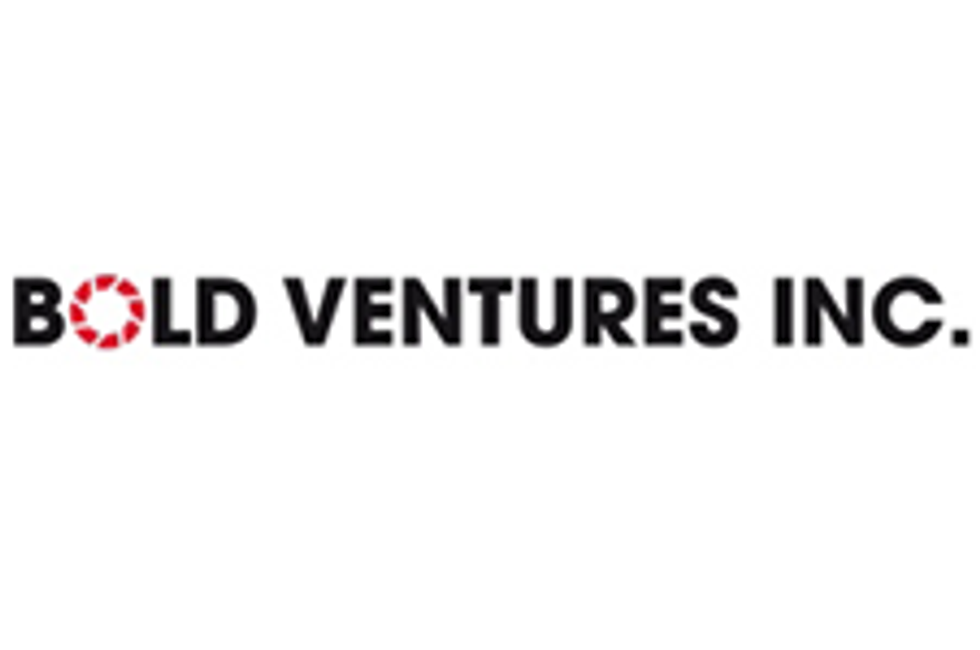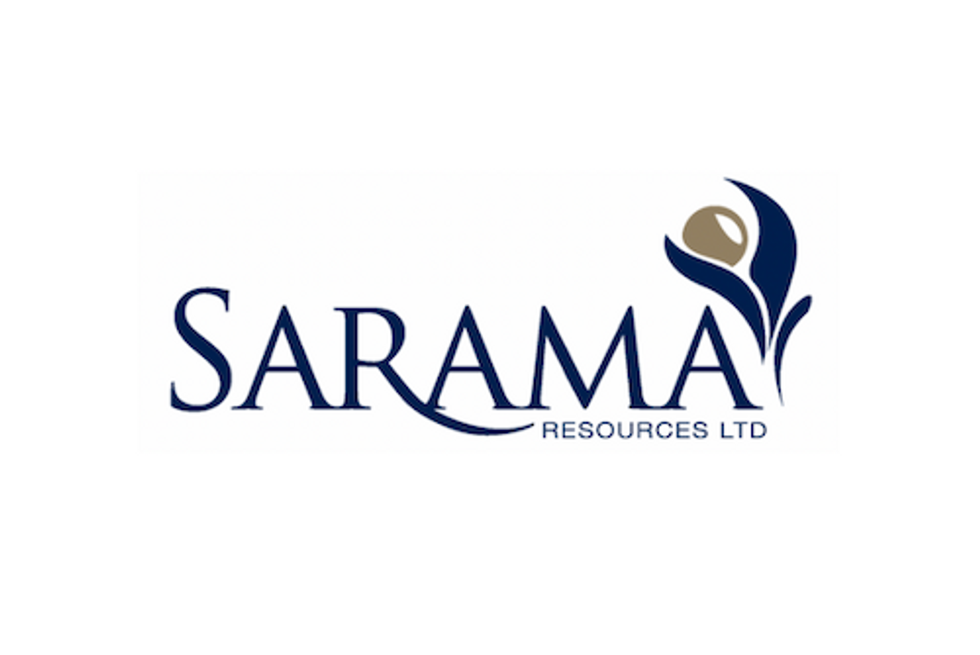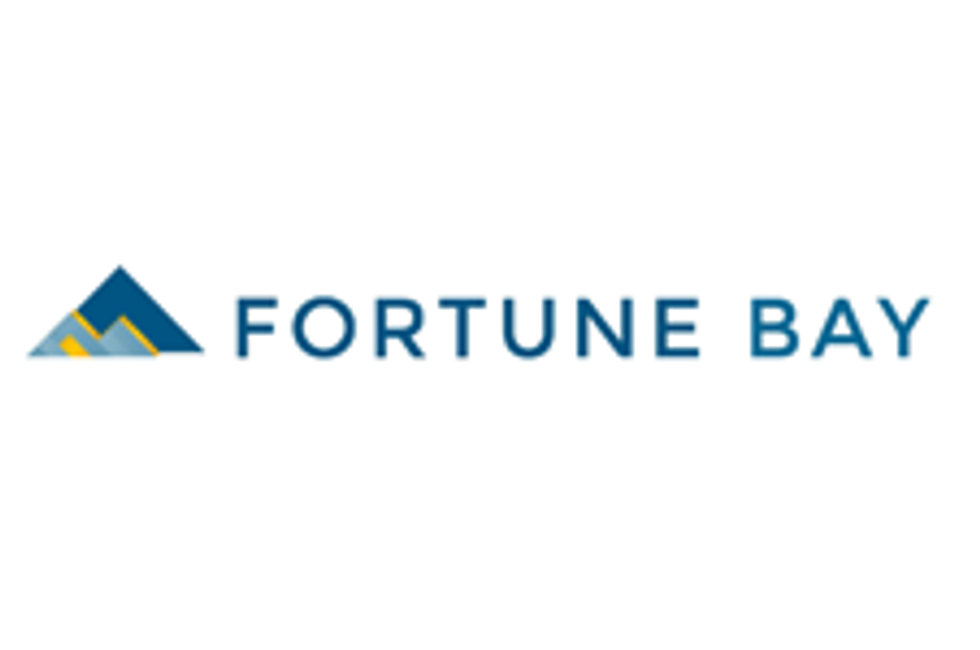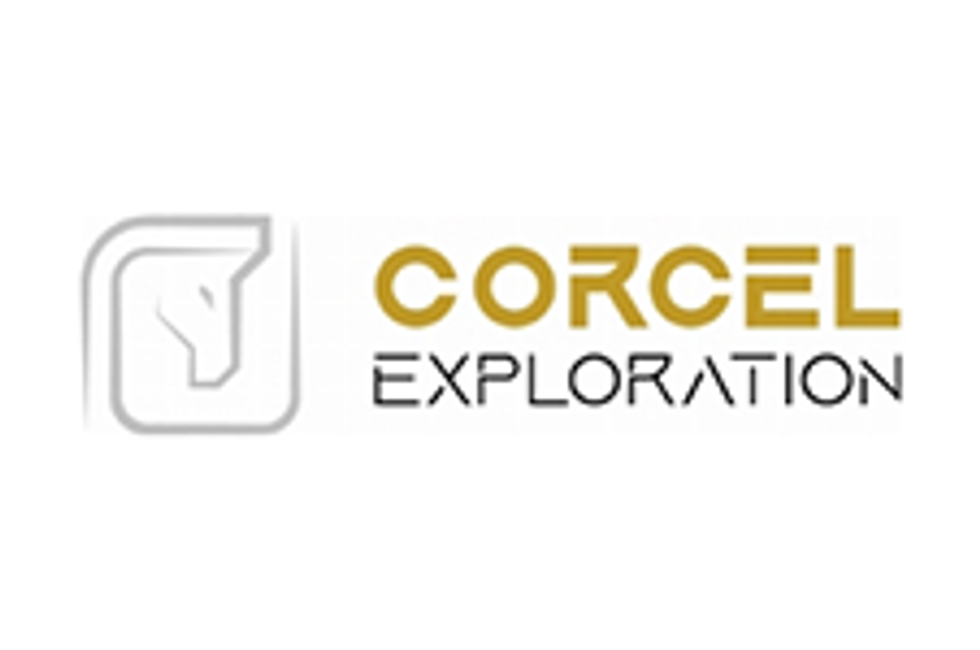Roxgold: Headed for a Transformational Fourth Quarter
CEO John Dorward believes the building blocks are in place for the company to move from being an explorer to a developer to a producer.
Investors who have kept an eye on the gold space this past summer are likely well aware of Roxgold (TSXV:ROG), an exploration and development company whose flagship Yaramoko gold project is located in Burkina Faso’s Hounde greenstone belt.
In just the past few months, the company has executed a $75-million project finance mandate with Credit Suisse (NYSE:CS) and Societe Generale Corporate & Investment Banking, announced the approval of the Environmental and Social Impact Assessment (ESIA) for Yaramoko and, most recently, released the results of a regional exploration program.
To get a better sense of Yaramoko’s potential, Gold Investing News (GIN) sat down with John Dorward, the company’s president, CEO and director, and Ben Pullinger, vice president of exploration. Here’s what they had to say.
GIN: Can you start by giving me a quick overview of what Roxgold is all about?
JD: In a nutshell, we’re focused on the development of the Yaramoko gold project, specifically the 55 Zone. The interesting thing about the project is that it’s very high grade in nature. We have a combined total resource of over 1.1 million ounces now, and the indicated portion, which forms the basis of our mine plan, is just over 800,000 ounces at 15.8 grams per tonne.
We published a feasibility study for the 55 Zone in April after completing a preliminary economic assessment in September 2013, and we think it highlights that the project is very strong. It’s quite small in terms of its physical size, but when you’ve got the grades that we have you don’t need to move a lot of rock to produce a reasonable amount of gold. The mine plan averages 100,000 ounces per annum on an eight-year mine life, but we think there’s plenty of room to grow.
GIN: What are the company’s next steps in terms of the 55 Zone?
JD: For us the job is to continue permitting. Our timetable is to be fully permitted and fully funded in the fourth quarter and start off development in late Q4 2014. If we meet that timetable we should pour gold before the end of next year.
We’re well situated notwithstanding the fact that it’s a fairly challenging market out there at the moment for junior gold stocks — or any gold stocks. We’ve been able to get good support from our shareholders and position the project so we are ready to start building it.
GIN: Yaramoko as a whole has a lot of zones other than the 55 Zone. Which others are a focus?
BP: As you rightly pointed out, there are a lot of targets on the Yaramoko permit, and that’s something we really like. It’s always nice to have targets.
In total, the permit is about 197 square kilometers, and the main focus has been, as John was saying earlier, on the 55 Zone. We’re now starting to expand beyond that and take a closer look at the rest of the permit. The QV1 target at Bagassi South is the target that really stuck its head out first as something that has the potential to turn into more than just an exciting exploration prospect.
That said, QV1 is just one of the three structures that have emerged in this area. The others are QV Prime and the HW1 target, which we announced last week. HW1 hit 9.5 grams over 9 meters — it’s a very exciting hole for us. However, we still have to get a feel for those structures to see how big they might potentially be and where they’re going.
Last week’s press release also has some results from the Haho Zone, which is kind of a tertiary target for us at the moment. It’s starting to show some very promising signs as well.
JD: [Bagassi South] has really emerged to be a genuine contender as a second source of ore. We think it has the potential to be a second mine and could possibly be a brownfields expansion for us.
GIN: Do you have any timeline for resource estimates for these different parts of the permit?
BP: At the moment we’re hoping that if we continue to see what we like, if things keep going well at the QV1 target, at some point, maybe in Q2 or Q3 next year, that will be an appropriate time to see what the numbers are. We still have a fair bit of drilling to put into that and a lot more exciting drill results to put out between now and then.
GIN: So Roxgold has been working on that exploration as it waits to get fully permitted. Will the company keep up with exploration once permitting goes through and development can start?
BP: Absolutely. The plan is to continue to define and grow ounces. We’ve got some brownfields exploration work set to start on the 55 Zone early next year. We’ll be infill drilling some of the more key parts of the deposit and starting to step it down to explore some of the potential that we see below the current mine plan as it is defined right now — we have resources down to 900 meters, but the feasibility, which rides on the indicated portion of the resource, only goes down to 430 meters. So there’s work to be done there. We’ll start to convert from inferred into indicated and by doing that start to point toward our mine life expansion.
We’d like people to believe, as we do, that this is something that’s going to go on well beyond the current life of the mine and the study. We believe we have a very prospective piece of geology that really hasn’t had a lot of work done on it, and we’re starting to do that work. We’re starting to move through our targets.
GIN: That all sounds promising, and from what I’ve heard the consensus is that your project is great. But there are some risks in terms of where it’s located — could you give some insight on what it’s like to work in Burkina Faso and what you tell investors who are concerned about the jurisdiction?
JD: When you say Africa, some investors have a few questions and maybe trepidation about that part of the world. But I think for a lot of gold companies Africa has been a very good place to work. There have been some notable success stories out of there — Red Back Mining and Papillon Resources (ASX:PIR) of recent times. They’re not necessarily in Burkina Faso, but they’re in that region.
It’s a very prospective region, the rocks are good. The greenstone belts around West Africa are very prospective for large, sometimes high-grade deposits like ours. You’ve got to have the right rocks, there’s no point in trying to go to a jurisdiction because it’s a nice place to visit. Burkina Faso is particularly well endowed from a geological perspective, which we’re seeing.
It’s also important to consider what the jurisdiction’s like to work in — is it safe, is permitting reliable and transparent and can you finance projects there. And I think Burkina Faso has certainly proven its credentials in that respect. There have been eight new mines built in the last seven or eight years in Burkina Faso; it’s become the fourth-largest gold producer in Africa.
That’s partially because the mining code has been in place for over 10 years and it’s well understood. The government gets a royalty of between 3 and 5 percent depending on the gold price. There’s a 10-percent carried interest and companies pay a 17.5-percent corporate tax. And that’s it. You don’t have to negotiate with the government when it comes time to get your permit — that’s set in stone, everyone knows what the rules are when they go into the country. I think everyone who’s been successful in finding a gold mine or gold deposit has been able to finance it and put it into production if it’s a project with merit. Obviously there are low-grade projects there that haven’t quite made the grade with today’s gold price, but that’s not a problem with the Burkina Faso government, that’s the geology, the technical attributes of the project.
I’ve spent a lot of time in Senegal, which is another West African country, and I would say that while Senegal was a good country to work in as well, Burkina Faso is a more straightforward country that has a lot of experience in permitting, operating and regulating mining. So any of your readers who might have concerns about Burkina Faso in general should have a look at its track record. I think they’ll be impressed with what they see.
GIN: And you’re arranging that financing package with Credit Suisse and Societe Generale, so obviously the big banks aren’t scared.
JD: Exactly. They’re experienced and very risk averse. There are a number of countries that they wouldn’t be able to finance projects in because security is challenging and permitting is difficult. Burkina Faso has been able to attract very conservative investors, and I think it will continue to do so.
GIN: That sounds promising. Is there anything you’d like to add?
JD: If I was an investor, I’d take a good look at Roxgold. The project is very high grade, and it’s got a significant advantage over other projects around the world. Looking at the grade, I think it makes sense as to why we should be a very profitable operation.
I think we’re headed for a rewarding and transformational fourth quarter. The building blocks are in place for us to move from being an explorer to a developer to a producer.
Securities Disclosure: I, Charlotte McLeod, hold no direct investment interest in any company mentioned in this article.
Editorial Disclosure: Interviews conducted by the Investing News Network are edited for clarity. The Investing News Network does not guarantee the accuracy or thoroughness of the information reported. The opinions expressed in these interviews do not reflect the opinions of the Investing News Network and do not constitute investment advice. All readers are encouraged to perform their own due diligence.
